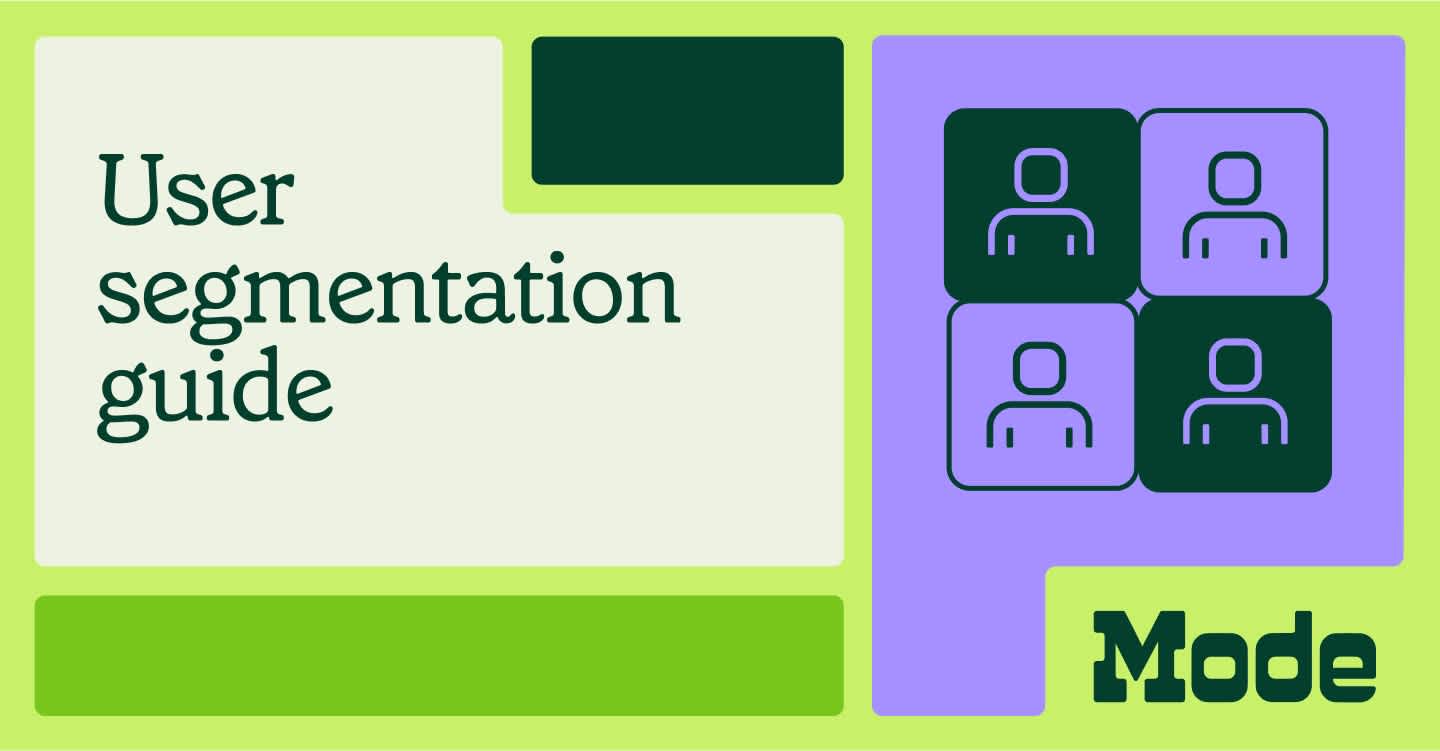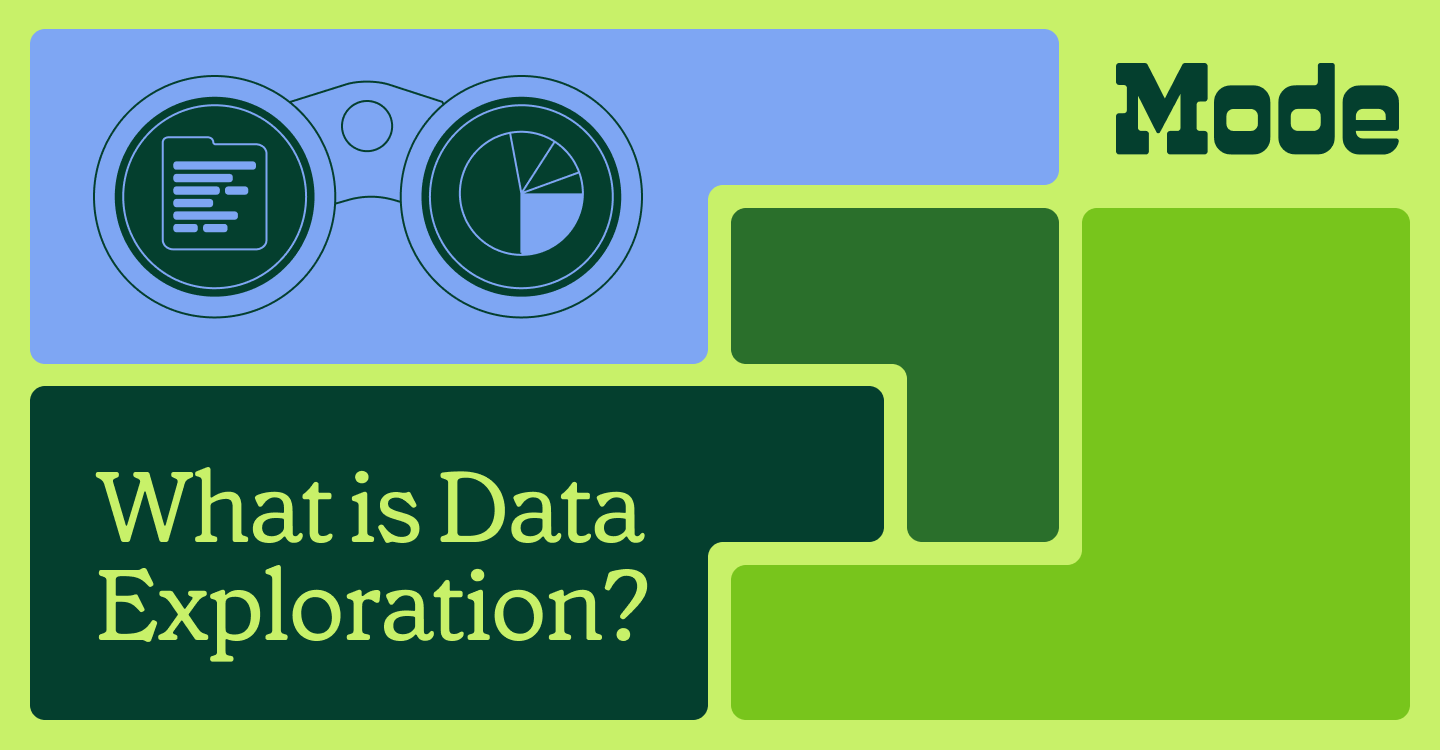User segmentation - Everything you need to know
Christine Sotelo, Director of Product & Customer Marketing
November 9, 2023
NaN minute read

In the ever-evolving landscape of business, one crucial element stands out – understanding your audience. To create products and services that truly resonate with your audience, you need to understand who they are and what they like. User segmentation is a powerful tool that helps you do just that.
This article takes a deep dive into user segmentation, covering what it is, why it's important, the different types of segmentation, real-world examples, and how to put it into action. User segmentation is not just a buzzword; it's a strategic approach that can transform the way your business connects with its customers. Let's see why it's such a game-changer.
What is user segmentation?
User segmentation is the process of dividing your customer base into distinct groups or segments based on shared characteristics, interests, behaviors, and demographics. The need for user segmentation arises from the simple fact that no two customers are alike. However, the process goes beyond mere classification. These segments help you gain a deeper understanding of your customers, allowing you to create more effective and personalized experiences.
Why does user segmentation matter?
User segmentation matters because it allows you to move away from a one-size-fits-all approach. Instead of trying to appeal to a broad audience, you can focus your efforts on specific segments that are most likely to respond positively to your products or services. This results in higher ROI, innovation, and improved business outcomes.
Let's go over some most common benefits of user segmentation.
Personalization: Segmentation allows you to tailor your messages and offerings to specific customer groups, resulting in more relevant and appealing content.
Improved targeting: Resource allocation is crucial for businesses. Segmentation allows you to allocate your marketing budget and manpower more efficiently. Rather than using a standardized approach, you can direct your resources where they will have the most impact especially when combined with programmatic advertising.
Enhanced customer experience: You can enhance your users' experience by understanding their needs and building successful CX programs. Whether it's customizing the user interface, offering recommendations, or providing support for specific problems, segmentation leads to customer loyalty.
Data-driven decision-making: Segmentation relies on data and analytics. This approach ensures that you are a data-driven company. Your business decisions are based on real insights, reducing guesswork and increasing the chances of success.
Competitive advantage: Segmentation can set your business apart from competitors. If you can provide a unique experience to a specific segment, you're more likely to retain and attract customers.
Types of user segmentation
While user segmentation is not a new concept, it has become increasingly important in the digital age. The abundance of data available to businesses, coupled with the rising expectations of consumers for personalized experiences, has made segmentation a vital tool for success.
Segmentation can be done in various ways, but it typically involves dividing users into groups based on the following criteria:
Demographic segmentation: This type of segmentation divides users based on demographic factors such as age, gender, income, education, or occupation. Demographic segmentation is particularly useful when targeting products or services that cater to specific age groups or genders.
Psychographic segmentation: Psychographic segmentation looks at users' personality traits, values, interests, and lifestyles. This type of segmentation helps companies understand the motivations and aspirations of their customers, allowing them to create more persuasive marketing messages.
Behavioral segmentation: Behavioral segmentation focuses on users' actions, such as their purchasing behavior, product usage, or engagement with the brand. By analyzing behavioral data, businesses can identify patterns and preferences.
Geographic segmentation: Geographic segmentation divides users based on their physical location, such as country, region, or city. This type of segmentation is useful for businesses with geographically specific offerings or when targeting users in different locations with customized campaigns.
Customer segmentation: This approach categorizes customers based on their relationship with your brand, such as new customers, repeat buyers or lapsed customers. Tailored strategies can be used to re-engage with lapsed customers or provide loyalty rewards to repeat buyers. For example, email segmentation can help you send win-back emails to lapsed customers, loyalty program updates to repeat buyers, or special welcome offers to new customers.
Examples of user segmentation
To illustrate the power of user segmentation, let's look at a few examples of how different companies have successfully implemented user segmentation strategies:
Amazon
Amazon is a prime example of a company that excels at user segmentation. By analyzing customer data, such as purchase history and browsing behavior, Amazon can recommend product suggestions, offer targeted discounts, and send customized email campaigns. This level of personalization has contributed to Amazon's success and its ability to maintain a loyal customer base.
Spotify
Spotify, the popular music streaming service, uses user segmentation to create custom playlists and recommendations for its users. By analyzing listening habits, favorite genres, and user-created playlists, Spotify is able to curate a unique music experience for each individual, increasing user engagement and satisfaction.
Nike
Nike leverages user segmentation to target different customer segments with tailored marketing messages. For example, Nike's advertising campaigns for running shoes may focus on serious athletes, while their lifestyle products are marketed to a younger, fashion-conscious audience. By understanding the specific needs and interests of each segment, Nike is able to create more impactful marketing campaigns.
How to implement user segmentation
Implementing user segmentation requires a well-defined strategy and the right tools. Here are some steps to help you get started:
Step 1: Define your goals: Clearly identify what you want to achieve with user segmentation. Whether it's increasing customer retention, driving conversions, or improving customer satisfaction, having clear goals will guide your segmentation efforts.
Step 2: Collect relevant data: Gather data about your users, such as demographic information, purchase history, browsing behavior, or engagement metrics. This information can be stored in a comprehensive headcount data, allowing for more targeted marketing strategies and personalized customer experiences. Consider incorporating QR codes into physical materials like brochures or receipts to collect data quickly and efficiently. This data will serve as the foundation for your segmentation strategy. Mode Analytics allows you to easily gather and centralize relevant customer data from various sources, including surveys, purchase history, website analytics, and insights from social media reporting tools.
Step 3: Identify meaningful segments: Analyze the data to identify patterns and group users into segments based on shared characteristics or behaviors. With Mode's data analysis and visualization tools, you can categorize customers based on the data collected. Use the segmentation criteria discussed earlier to create meaningful and actionable segments.
Step 4: Develop personalized strategies: Once you have identified your segments, create tailored strategies for each segment. Mode's reporting and dashboard features enable you to visualize the characteristics and preferences of each segment. This makes it easier to tailor your marketing campaigns, content, and product offerings for each group. Additionally, embedding your LinkedIn feed into your website can help keep your audience engaged with relevant updates and success stories.
Step 5: Test and refine: Mode Analytics supports A/B testing and other statistical analyses to help you monitor the effectiveness of your strategies and adjust them based on key performance indicators. Test different approaches, measure the impact, and refine your strategies based on the insights gained.
As you've seen above, Mode Analytics can streamline every step of the user segmentation process. Experience for yourself, try it for free!
The key to customer-centric success
User segmentation is a powerful strategy for businesses looking to maximize their marketing efforts and improve customer satisfaction. By understanding your audience's unique characteristics and needs, you can create more relevant and effective campaigns, ultimately leading to increased customer engagement and loyalty. Leveraging marketing planning software can streamline this process, helping businesses organize, analyze, and execute targeted campaigns with precision. Whether you are a startup or an established business, user segmentation, with the support of tools like Mode Analytics, is a tool you cannot afford to overlook in today's competitive marketplace.
Now that you understand the importance and benefits of user segmentation, it's time to apply these principles to your own business. Start by defining your goals, collecting relevant data, and identifying meaningful segments. With the right strategies in place, you can take your efforts to the next level and achieve greater success.
Get our weekly data newsletter
Work-related distractions for data enthusiasts.




